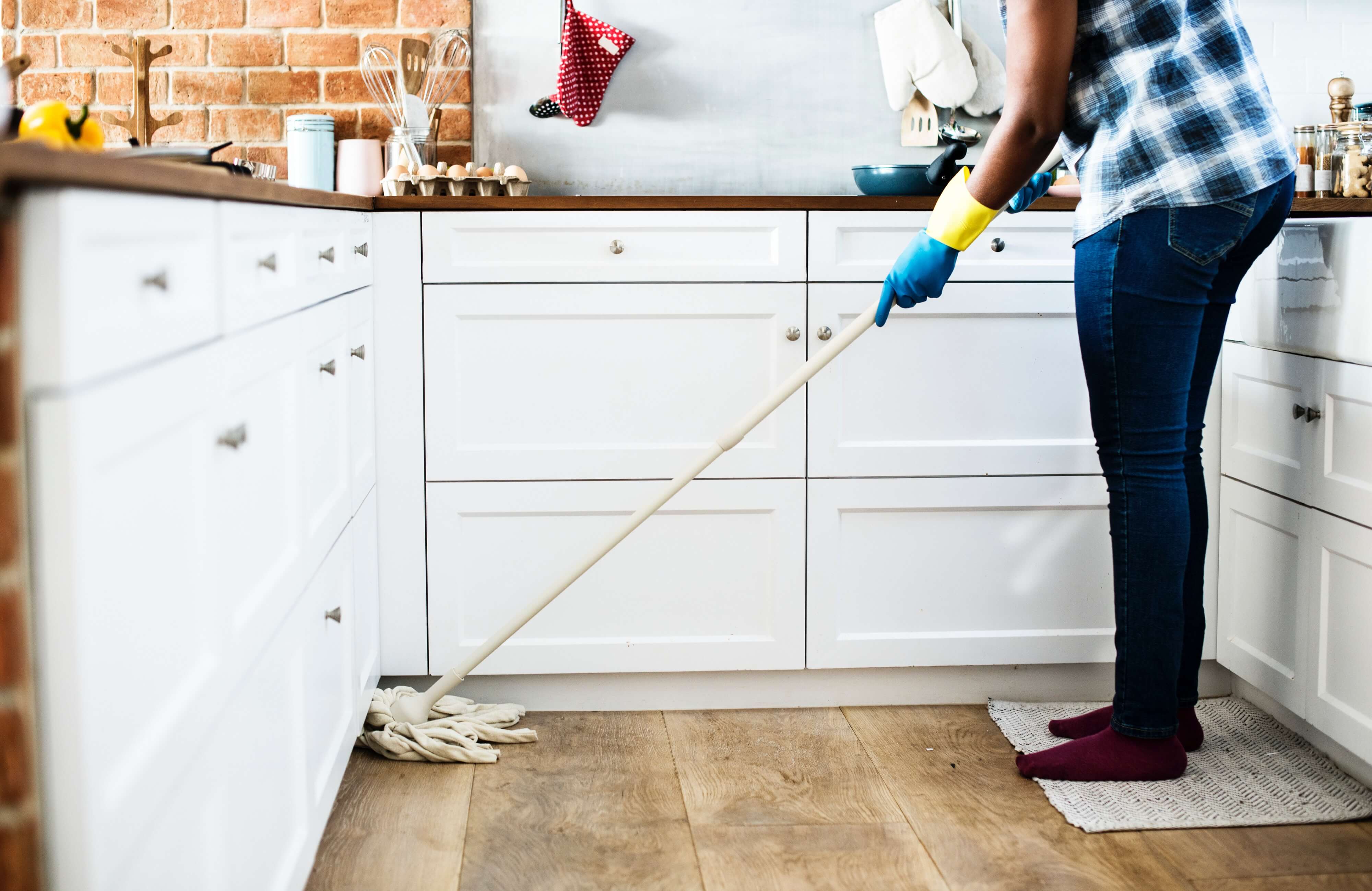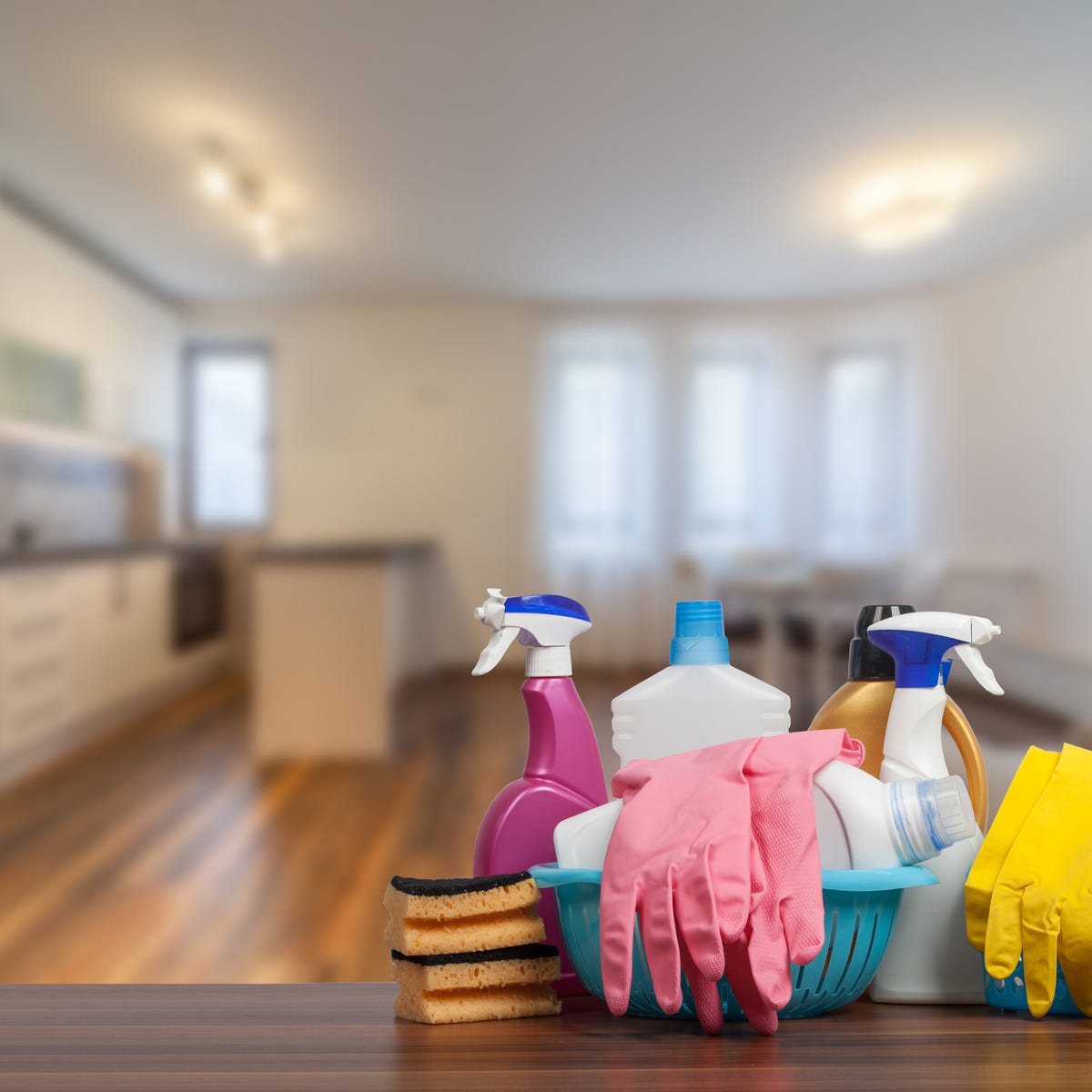Understanding the Requirement for Extensively Decontaminating and Disinfecting Often Touched Surface Areas in High-Traffic Areas
In the realm of public health and wellness and safety and security, the meticulous sanitation and sanitization of regularly touched surfaces in high-traffic locations stand as paramount steps in preventing the spread of dangerous pathogens. By checking out the numerous elements of surface disinfection, from the risks connected with ignoring cleansing protocols to the efficient techniques that can be used, a more clear understanding arises of the vital function these methods play in guarding public wellness.
Significance of Surface Disinfection
Highlighting the detailed sanitation of high-traffic surface areas is crucial in maintaining a hygienic environment and avoiding the spread of dangerous virus. High-touch surface areas such as door takes care of, light buttons, lift switches, and counter tops function as breeding grounds for bacteria and infections. Normal sanitation of these surface areas is imperative to decrease the risk of contamination and transmission of diseases.
By executing a robust disinfection protocol, institutions and organizations can produce a much safer environment for customers, employees, and site visitors. Correct surface sanitation not only mitigates the spread of transmittable diseases yet likewise instills confidence in the cleanliness and security of the premises. This positive approach shows a commitment to wellness and wellness, which is especially important in high-traffic locations where the likelihood of direct exposure to pathogens is increased.
Furthermore, surface area disinfection plays a critical function in total infection control strategies. Integrated with hand health methods, putting on masks, and maintaining physical distancing, complete disinfection of high-touch surfaces creates a comprehensive defense versus the transmission of hazardous microbes. Focusing on surface sanitation is an important part of an alternative strategy to health and wellness in common spaces.
Risks of Ignoring Cleaning Practices
Disregarding extensive sanitation of high-traffic surfaces substantially enhances the threat of viral and bacterial contamination, positioning a severe hazard to the health and wellness of individuals frequenting these spaces. Failure to apply correct cleaning methods can result in the buildup and spread of harmful microorganisms, consisting of infections and microorganisms, on frequently touched surface areas such as doorknobs, hand rails, elevator buttons, and kitchen counters.

In addition, ignoring the relevance of detailed cleaning not just compromises the wellness of individuals but likewise threatens efforts to preserve a sanitary and clean atmosphere. It is essential to identify the importance of appropriate sanitation methods in preventing the spread of infections and securing public wellness.
Effective Disinfection Approaches
To maintain ideal sanitation and decrease the risk of contamination on high-traffic surface areas, using reliable sanitation techniques is important. One of the most reliable and typical sanitation approaches is utilizing chemical disinfectants.
Another reliable approach is using UV-C light. UV-C light has actually been revealed to Bonuses be efficient in killing a wide selection of bacteria by disrupting their DNA framework, therefore preventing them from reproducing. It is important to make use of UV-C light correctly, ensuring that the right intensity and direct exposure time are applied to accomplish the desired disinfection i loved this outcomes.
Furthermore, using vapor cleansing as a sanitation approach can be very reliable, specifically on surface areas that are heat-resistant. Vapor can pass through permeable surface areas and kill germs, viruses, and other pathogens effectively. When making use of vapor cleansing, it is necessary to make sure that the surface area reaches the required temperature for an enough quantity of time to ensure appropriate disinfection.
Effect On Public Wellness
The maintenance of high criteria of tidiness and sanitation on high-traffic surfaces plays a critical role in guarding public health. Often touched surface areas in areas with high tramp, such as doorknobs, handrails, elevator switches, and toilet facilities, offer as reproducing grounds for dangerous pathogens.
Efficient hygiene practices not only secure individuals from falling sick yet also add to the total health of society. Public health and wellness authorities stress the importance of preserving clean settings to prevent break outs and have the spread of illnesses. In high-traffic areas like flight terminals, colleges, medical facilities, and public transport systems, the influence of rigorous disinfection steps can not be downplayed. Focusing on the sanitization of regularly touched surface areas is a proactive approach to promoting public wellness and enhancing the safety and security of individuals in shared areas.
Executing Regular Cleaning Methods
Without delay setting up and adhering to a regular timetable of cleaning protocols is extremely important for keeping the tidiness and safety of high-traffic surface areas. Routine cleaning methods are necessary in stopping the buildup of bacteria and microorganisms on frequently touched surface areas, especially in locations with high foot web traffic. By applying a systematic strategy to cleaning, companies can successfully reduce the threat of disease transmission and develop a healthier setting for employees, consumers, and the public.
To develop an effective cleaning timetable, it is important to identify high-traffic locations that require regular focus. These areas might consist of doorknobs, handrails, elevator buttons, washroom facilities, and shared tools. Implementing a regular cleansing regimen that targets these surfaces numerous times a day can significantly minimize the spread of unsafe bacteria and viruses.
In addition, utilizing proper cleaner and disinfectants is essential to making certain that surface areas are completely sterilized. Normal training of cleansing staff on proper cleaning methods and the value of adherence to the cleansing timetable is also important in preserving a sanitary atmosphere. By focusing on regular cleansing methods, companies can advertise the wellness and health of people that interact with these high-traffic surfaces.

Verdict
In final thought, it is important to focus on comprehensive sanitation and sanitization of often touched surface areas in high-traffic locations to avoid the spread of hazardous microorganisms and why not check here keep public wellness. It is crucial to recognize the relevance of keeping clean surfaces in high-traffic locations to ensure the wellness of the area.
In the realm of public health and wellness and safety and security, the meticulous disinfection and sanitization of regularly touched surface areas in high-traffic areas stand as critical actions in avoiding the spread of dangerous virus. By exploring the various aspects of surface area sanitation, from the threats associated with overlooking cleaning procedures to the efficient approaches that can be used, a more clear understanding arises of the vital role these methods play in safeguarding public health.Furthermore, utilizing heavy steam cleaning as a disinfection technique can be extremely efficient, particularly on surfaces that are heat-resistant. When utilizing heavy steam cleaning, it is essential to guarantee that the surface reaches the required temperature level for an enough quantity of time to ensure appropriate disinfection.
In conclusion, it is essential to prioritize comprehensive disinfection and sanitization of frequently touched surfaces in high-traffic locations to stop the spread of harmful virus and keep public health and wellness.